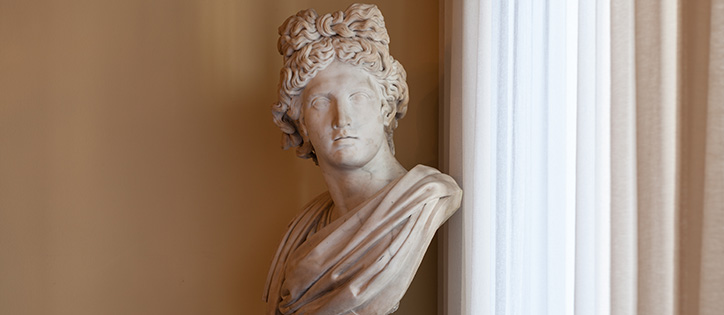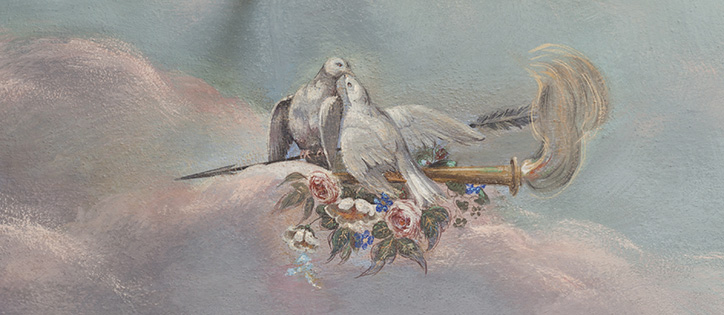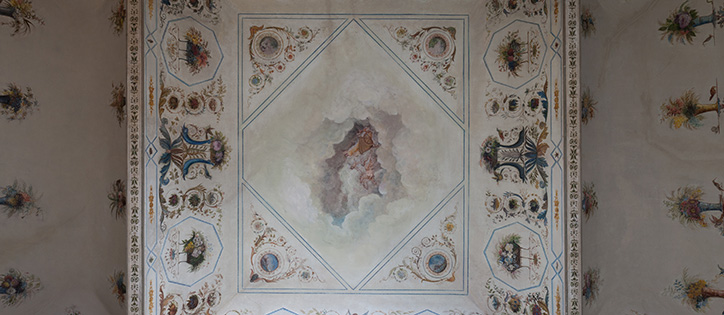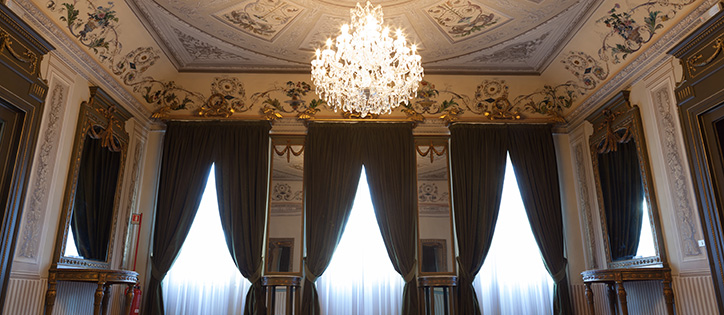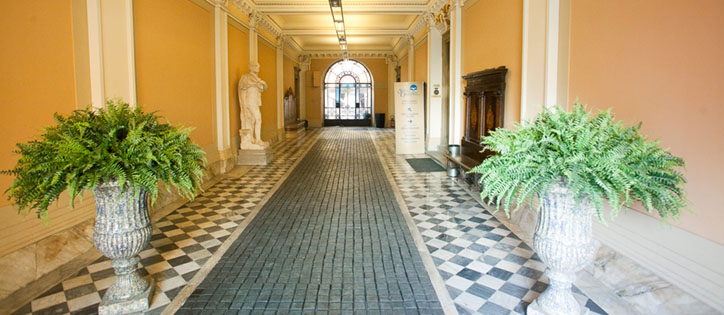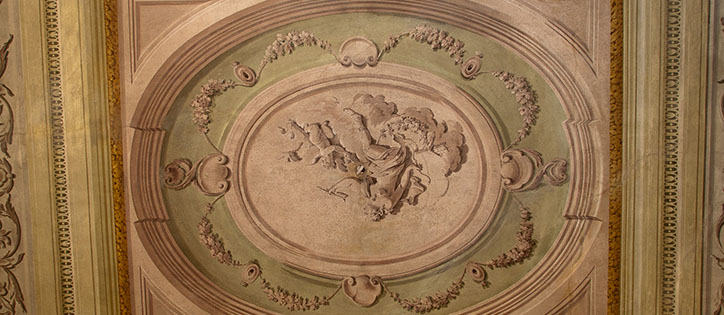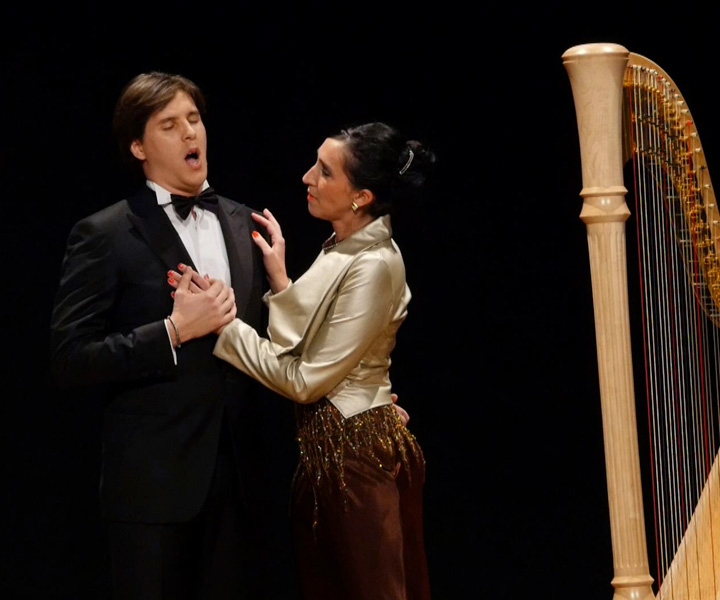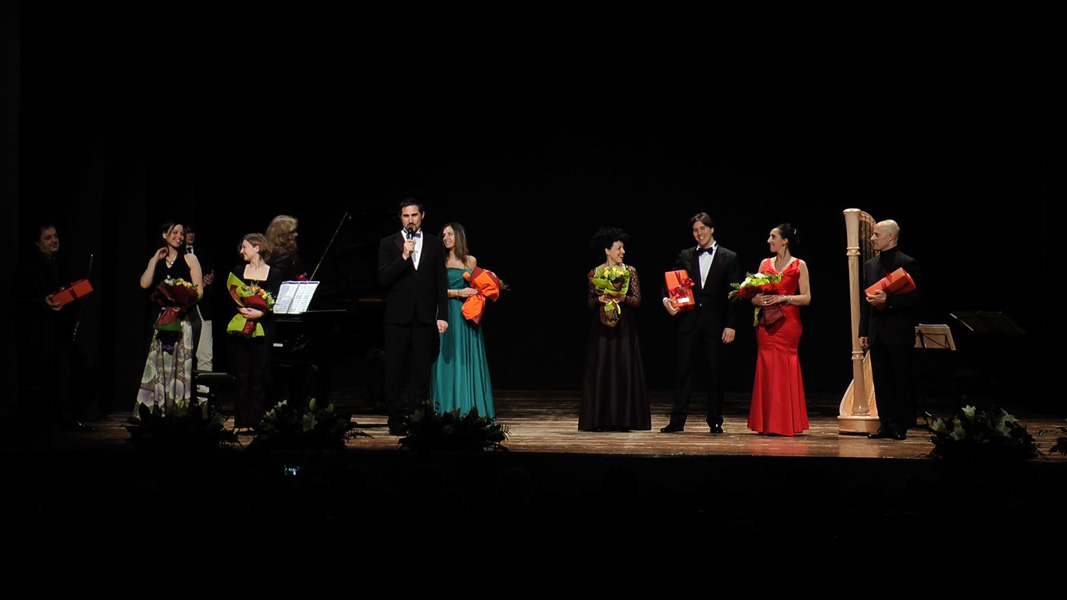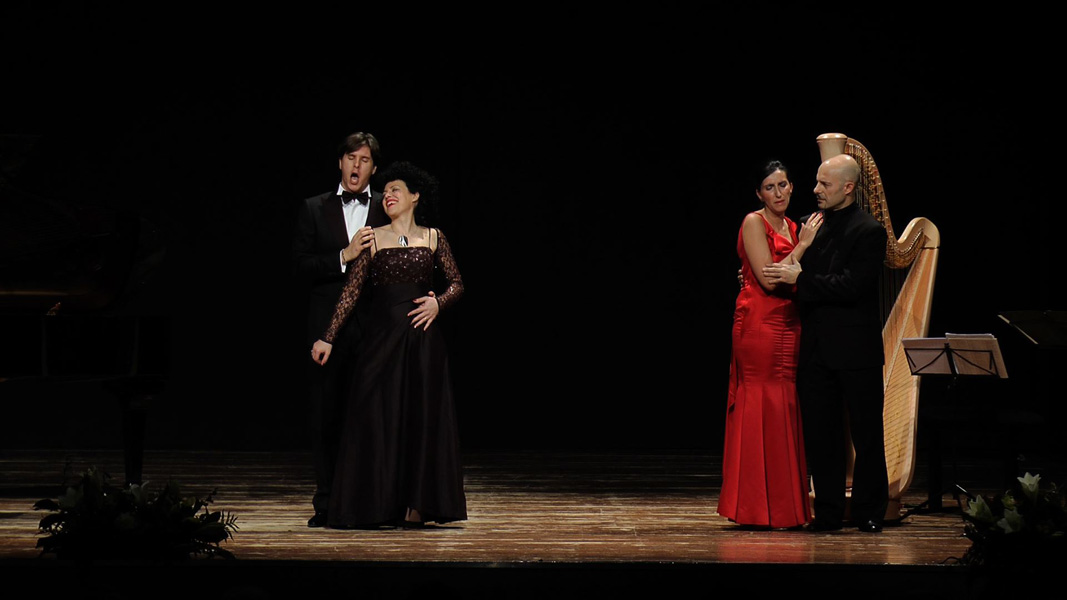SERENI ORIZZONTI FOR CULTURE
Sereni Orizzonti SpA supports culture; a development opportunity for the region where its roots lie.
The operatic and classical music concerts held by the group in the fabulous setting of their Palazzo Pontoni are testimony to this. Palazzo Pontoni is one of the most striking historic buildings in Udine and is listed by the FAI – the organisation that protects Italy's national heritage.
In September 2012 the group purchased Palazzo Kechler in Piazza XX Settembre for the benefit of of the city of Udine. This is the only example of Neoclassical architecture in the city, and the aim of the company is to establish it as a reference point for cultural and arts associations in the local area. It will be made available as a free collective exhibition space for young artists in Friuli.
On 1 November 2016 Sereni Orizzonti moved into Palazzo Beretta, an impressive building in the old Santa Maria Maddalena district of the city, now Via Vittorio Veneto, which forms the perimeter of the district as far as Via San Francesco.
Palazzo Beretta
Sereni Orizzonti moved its headquarters here on 1 November 2016. We moved from Palazzo Pontoni, which is still owned by the company, to Palazzo Beretta, an impressive building in the old Santa Maria Maddalena district, now Via Vittorio Veneto, which forms the perimeter of the area as far as Via San Francesco.
Palazzo Beretta is an old dwelling dating back to the 1500s, which occupied the current plot and was bordered to the south the by treasury hall of the "Contadinanza" - a former local government organ - and to the west by the Calle del Teatro Vecchio. In 1886 the building was chosen as the second headquarters of the Società del Unione. It hosted some of the most remarkable and highly-respected festivals in the city until the outbreak of the Second World War, with its lecture hall and various art exhibitions, including a solo exhibition by Enrico Ursella. In 1976 the building became the headquarters of the Extraordinary General Secretariat for the Region, which carried out important regeneration work in Friuli following the 1976 earthquake, and remained so for 29 years.
The building contains stylish, elegant spaces with priceless pictorial decoration and magnificent stucco work. There are frescoes attributed to Giulio Quaglio here that use chromatic intensities totally different from his other works. Venetian-style stucco features cover almost all the wall surfaces - some prominent, such as the plant-motif friezes and damask-framed mirrors, and others subtle, almost sketched lightly on the walls with delicate strokes.
Palazzo Pontoni
Located at the corner of Via Aquileia and Via Piave, Palazzo Pontoni is one of the most important historical buildings in the city of Udine.
It dates back to the early 1500s when Giacomo Frangipane di Castello built his house on the land between the Gorghi (now Via Piave) and Via Aquileia.
Over the centuries that followed this district was under the control of leading Friulian families; first the Conti Valvason di Maniago family and later the Colloredo di Mels.
The external railings of the building date from the 20th century and are of particular artistic and historical import; the statues set on pillars are attributed to the sculptor Orazio Marinali (Agarano 1653 - Vicenza 1720).
The building acquired its current neo-Renaissance style facade in the early 20th century, designed by Luigi Taddio.
In 2006 it was acquired by the Sereni Orizzonti SpA group as its headquarters.
Inside the building, where Giovanni da Udine's works are still preserved, there are important frescoes by Modenese painter Giuseppe Morelli (1749-1829) and his pupil Francesco Chiarottini (1748-1796) from Cividale.
Palazzo Antivari Kechler
Palazzo Antivari Kechler is located in Udine's historic city centre.
Built in 1832 for Pietro Antivari by Venetian architect Giuseppe Japelli (who had already gained recognition for the Caffè Pedrocchi in Padua), this is the only example of pure Neoclassical architecture in the city.
Giuseppe Japelli designed the elegant, majestic three-storey building as a luxurious residence for the Antivaris, but it was also used to serve the family's business interests.
Following the death of Pietro in 1868 there were no other male heirs in the Antivari family, so they sold the building to a cousin, Carlo Kechler, who was a council member at the Chamber of Commerce and one of the founders of the Banca di Udine.
Between the end of the 19th century and the beginning of the 20th, the building hosted influential figures such as the French Prime Minister Aristide Briand and famous American author Ernest Hemingway, who enjoyed a close, long-standing friendship with the Kechler brothers Federico, Carlo and Alberto.
The building now belongs to a partner company in the Sereni Orizzonti SpA group and is used as a venue for meetings, conferences, art exhibitions and gala dinners.


